In the vast, treacherous waters of Lake Superior, a shipwreck long lost to history has been rediscovered after 132 years. The Western Reserve, an all-steel freighter that once ruled the Great Lakes, met its tragic end in 1892, taking 27 lives with it. Only one survivor, a courageous crew member, lived to tell the tale. Now, with advanced sonar technology, this ghost ship has finally been found, offering a chilling reminder of the storm’s fury and the mysteries still lurking beneath the surface.
The Western Reserve: A Ship Built for Greatness
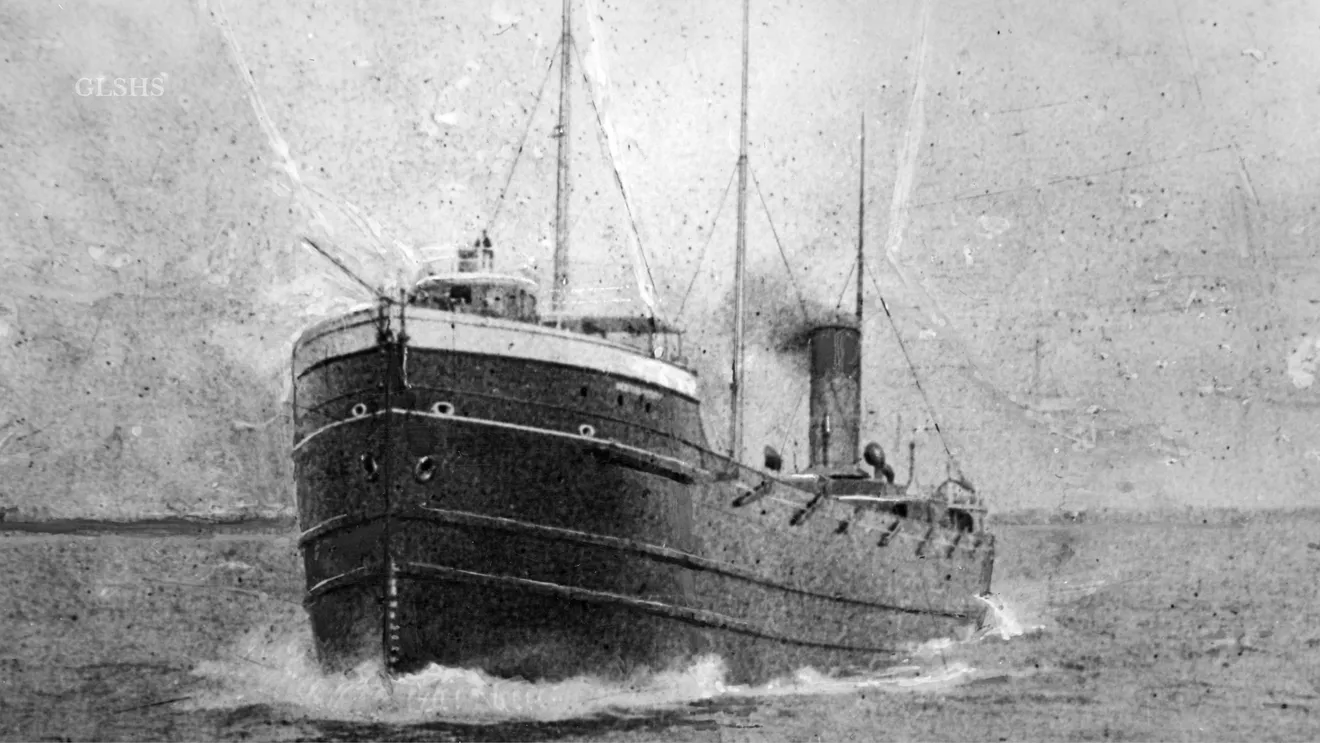

Constructed in 1888, the Western Reserve was an impressive feat of engineering. Measuring 318 feet long and made entirely of steel, it was one of the first ships of its kind on the Great Lakes. Known for its speed, it was often referred to as “the inland greyhound.” It earned a reputation for safety and reliability, breaking records for carrying the largest load of coal into Milwaukee. The Western Reserve was a symbol of innovation in the Great Lakes maritime industry, a vessel built to withstand the most challenging conditions. However, no one could have predicted the tragic fate it would meet in 1892, when it encountered a storm that would bring its journey to an abrupt and disastrous end.
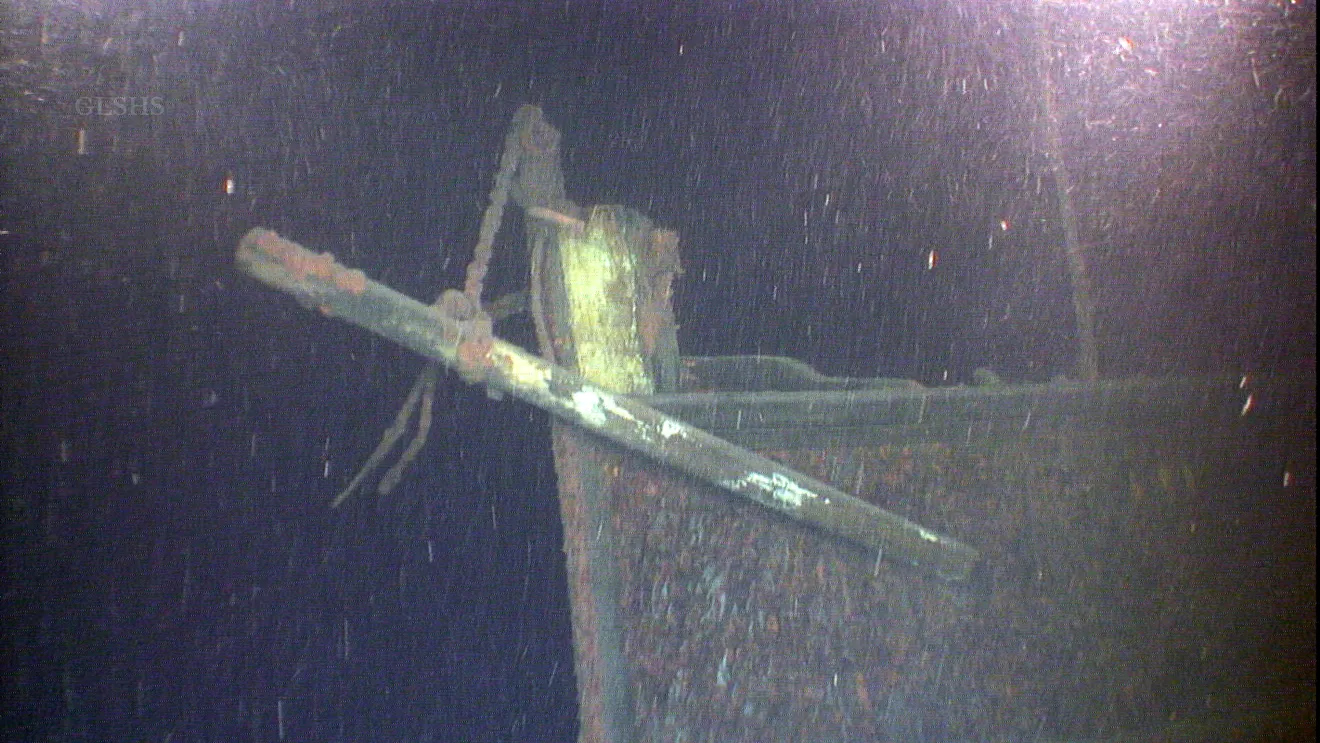
Video
Watch the video about the discovery of the wreckage of a ship that went missing 132 years ago in Lake Superior.
The Ill-Fated Voyage of 1892
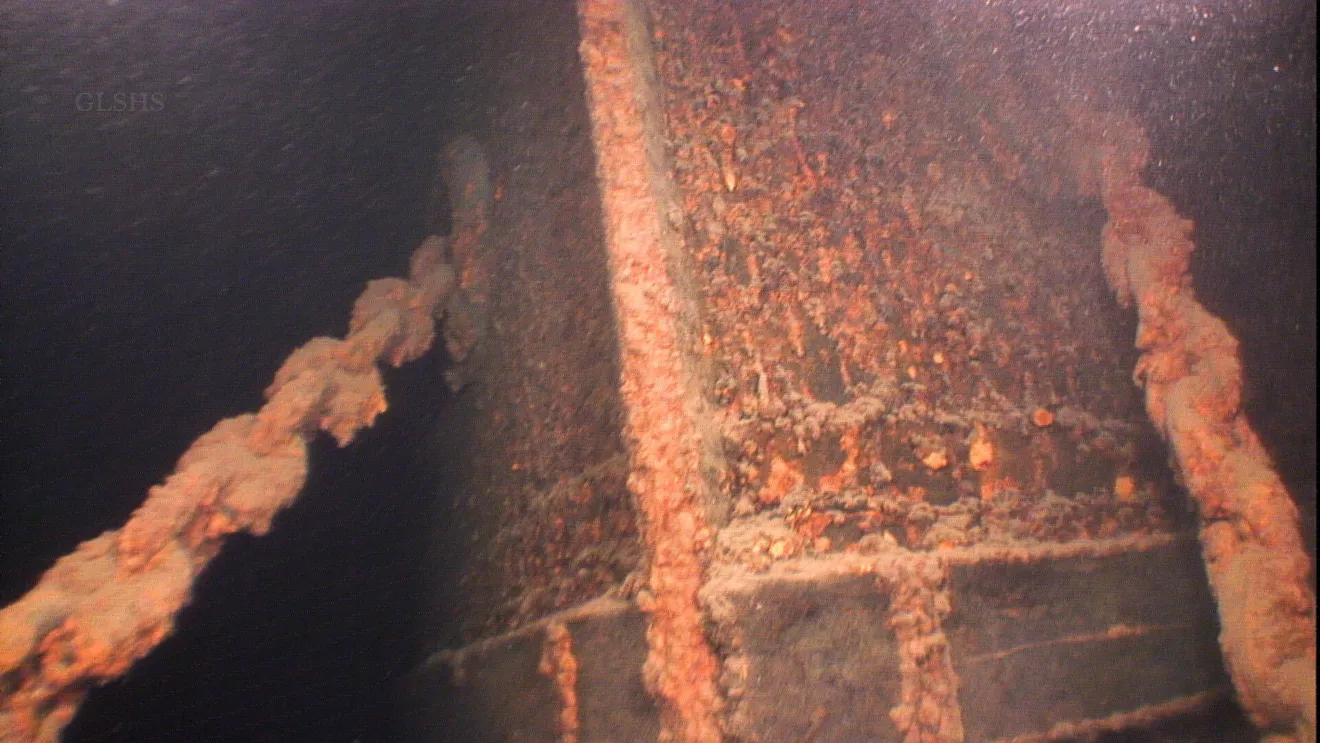
In August 1892, the Western Reserve embarked on what would become its final voyage. Owned by shipping magnate Peter G. Minch, the ship was initially intended to be a peaceful family cruise for Minch, his wife, children, and their relatives. The ship set sail from Cleveland, Ohio, for Two Harbors, Minnesota, but disaster struck when the Western Reserve arrived at Lake Superior’s Whitefish Bay. The weather shifted abruptly, and a powerful gale began to overpower the vessel. Minch, initially hoping to wait out the storm, decided to press on due to the ship’s lack of cargo and its reliance on ballast water.
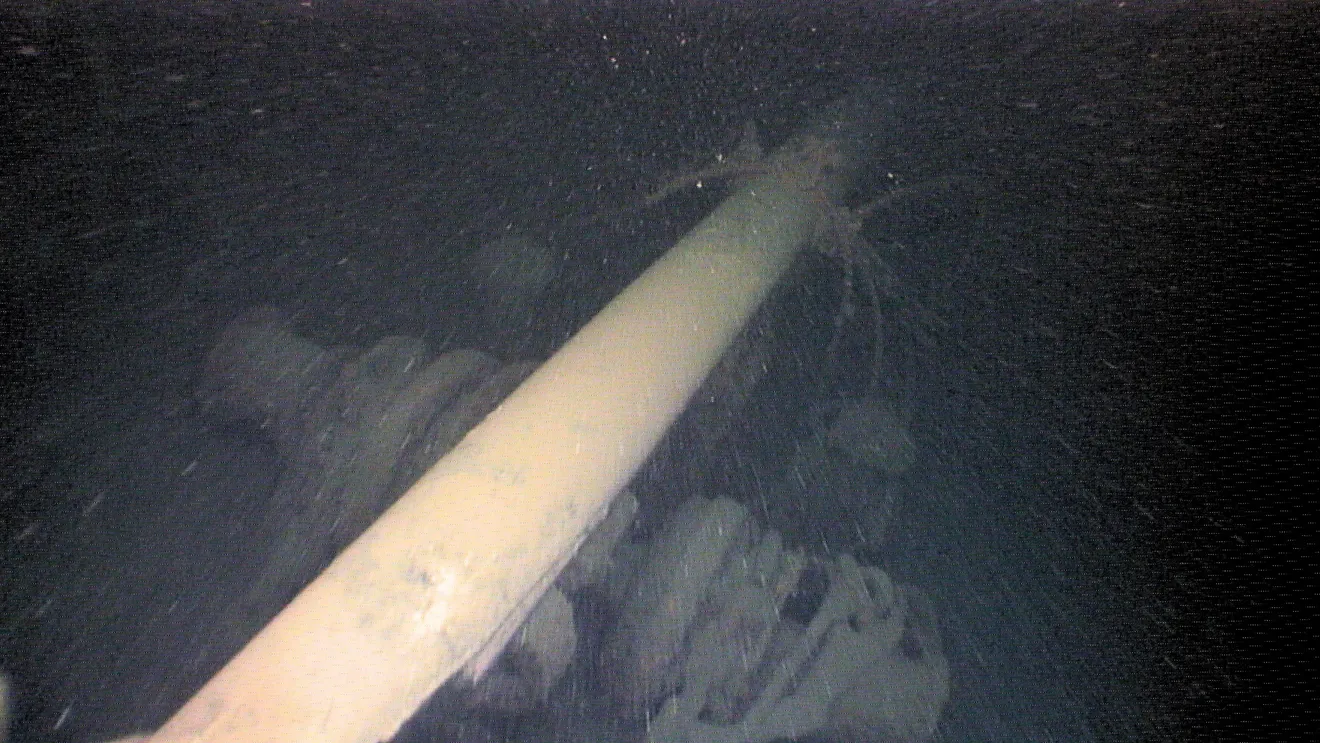
As they ventured into the perilous waters of the Great Lakes, the crew was caught in the heart of what would come to be known as Lake Superior’s Shipwreck Coast. This stretch of the lake has claimed over 200 ships, and the Western Reserve would soon join their ranks. By 9 p.m. on August 30, the storm proved too much for the ship. The Western Reserve began to break apart, and within minutes, it sank beneath the waves. Among the casualties were Minch’s wife, children, and other family members, as well as several crew members.
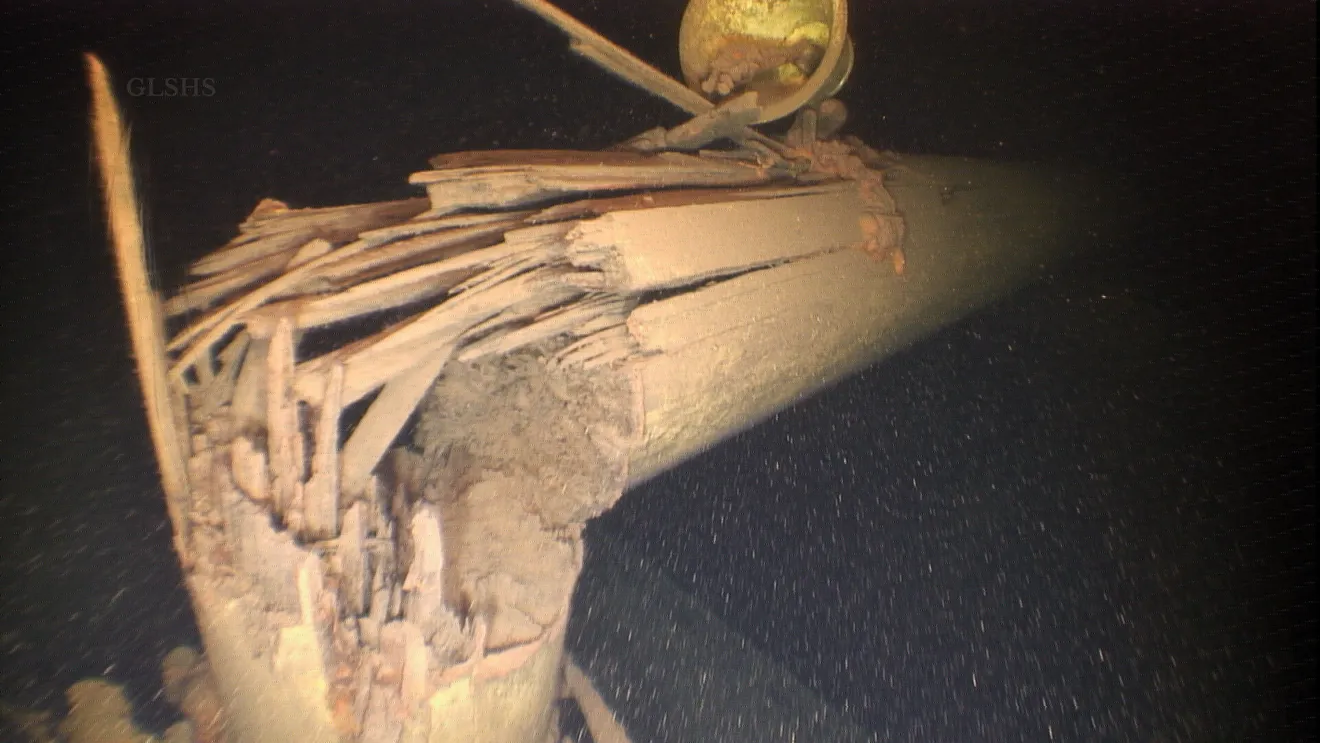
The Lone Survivor: Harry W. Stewart
The only person to survive the sinking was wheelsman Harry W. Stewart, who managed to cling to a piece of debris after the ship sank. After surviving the violent storm, Stewart found himself stranded in a lifeboat with just one other crew member. Unfortunately, the lifeboat capsized, and the two men were left drifting for hours in the freezing waters of Lake Superior. Stewart’s harrowing tale of survival is the only account we have of the Western Reserve’s final moments, and it was only through his testimony that we gained any insight into the disaster. His survival against all odds ensured that the tragic story of the ship would not be lost to history.
Discovering the Wreck: A Historic Find After 132 Years
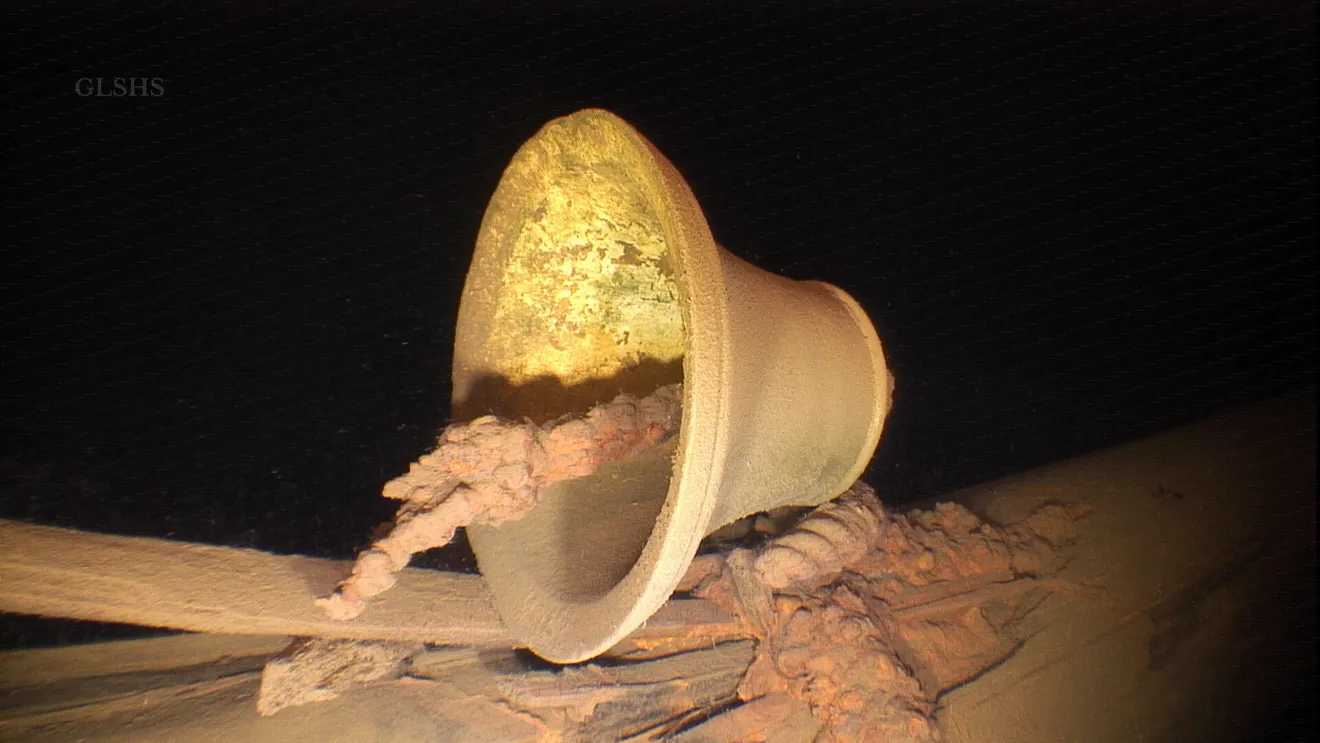
The Western Reserve’s wreck remained elusive for over a century. Researchers and explorers had searched for it, but the ship’s resting place in the depths of Lake Superior remained a mystery. It wasn’t until July 2022, when the Great Lakes Shipwreck Historical Society launched an extensive two-year search, that they finally located the wreck. Using sonar technology aboard their research vessel, the David Boyd, the team pinpointed the wreck’s location about 60 miles northwest of Whitefish Point. The wreck was broken into two pieces, with its bell and other key artifacts remaining remarkably intact.

The confirmation came when a remotely operated vehicle (ROV) was deployed to explore the wreckage. The team was able to verify that the wreck was indeed the Western Reserve, aided by a light found at the site that matched the only surviving item from the ship, which is now housed in the National Museum of Great Lakes in Toledo, Ohio.
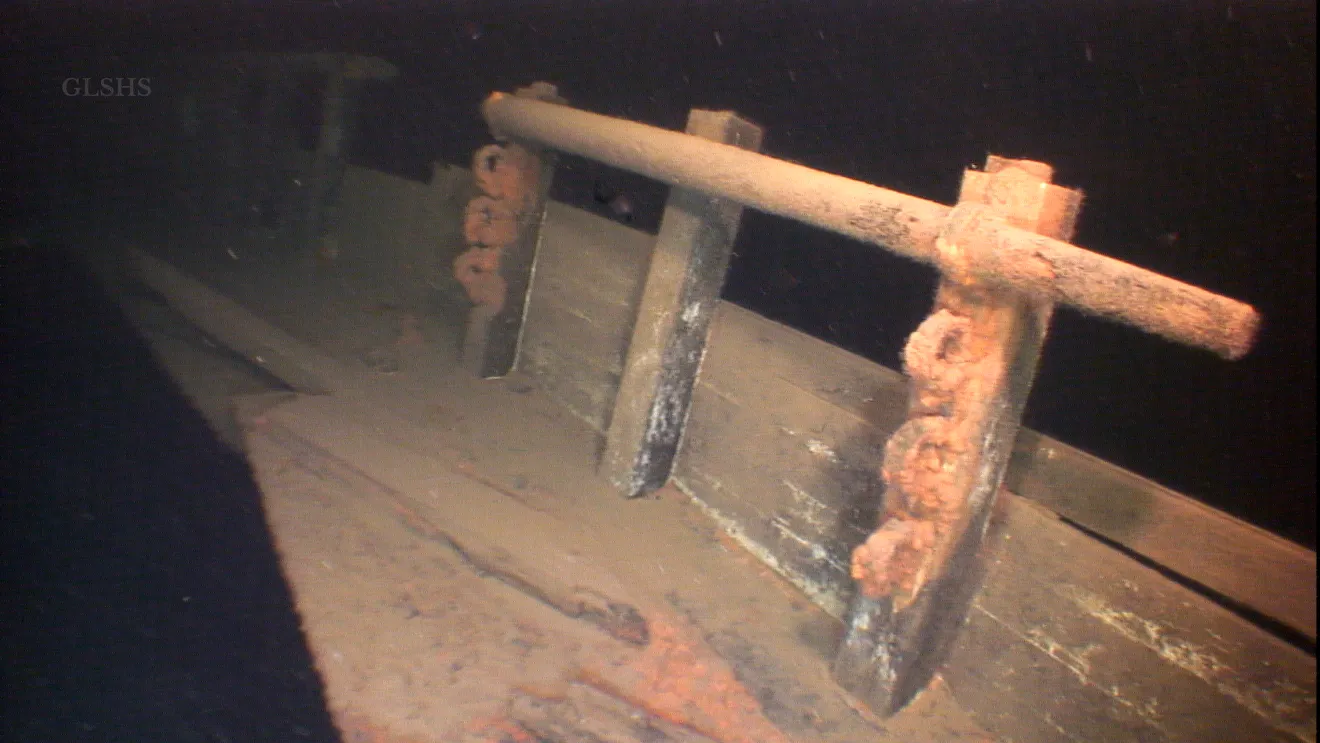
Legacy of the Western Reserve and Shipwrecks in the Great Lakes
The discovery of the Western Reserve adds another tragic chapter to the history of shipwrecks in the Great Lakes. The Great Lakes are home to over 6,000 shipwrecks, with around 30,000 lives lost. The Western Reserve’s sinking, though horrific, is just one example of the perils faced by those who sailed these waters. The storm that sunk the Western Reserve was not an isolated event; the Great Lakes are infamous for their fierce storms and treacherous waters, particularly during the autumn months. Known as the “Witch of November,” these storms are a constant reminder of how unpredictable and dangerous the Great Lakes can be.
In fact, the Western Reserve was not the only ship to meet its demise in this area. Two months after its sinking, its sister ship, the W.H. Gilcher, also sank in a similar storm, underscoring the dangers that plagued the Great Lakes region. The Edmund Fitzgerald, which famously sank in 1975, is another well-known shipwreck that occurred in the same waters, immortalized by Gordon Lightfoot’s haunting ballad “The Wreck of the Edmund Fitzgerald.”
Video
Watch the video about the forgotten shipwreck discovered after 132 years.
Conclusion: The Ghost Ship of Lake Superior’s Shipwreck Coast
The discovery of the Western Reserve is a sobering reminder of the dangers that once lurked on the Great Lakes. This tragic shipwreck, coupled with the extraordinary survival of Harry W. Stewart, has left an indelible mark on the history of Lake Superior. The ship’s remarkable design, its record-breaking achievements, and its tragic end continue to captivate maritime historians and enthusiasts alike.
Today, the Western Reserve lies as a ghost ship in the murky depths of Lake Superior, a silent witness to the powerful forces of nature that claimed its crew and passengers over a century ago. As new discoveries continue to be made in the Great Lakes, the Western Reserve remains a poignant reminder of the perils faced by those who navigated its waters and the enduring mystery of shipwrecks that still haunt the lake’s depths.



